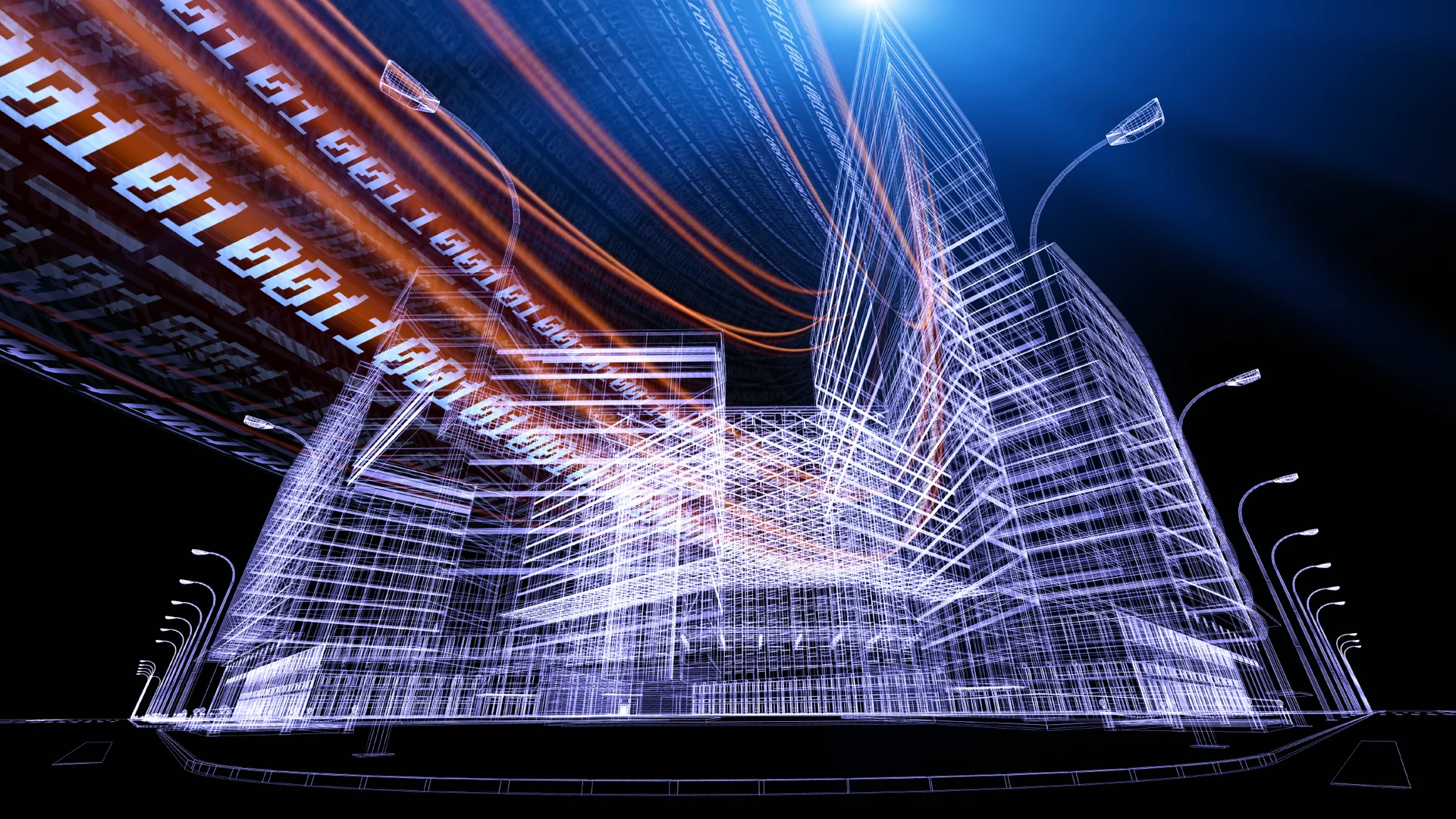Data Centers: Planning for the Edge

Massive projected surges in data transmission are expected to challenge current network capabilities in the U.S., making where analytics and compute take place increasingly important. With network data expected to grow from 1 trillion gigabytes (1 zettabyte) in 2016 to 180 zettabytes in 2025, what are the implications for data centers and their future infrastructure requirements?
Impacts of Edge Computing
The upward trend in data transmission and Internet of Things (IoT) technology is leading to the deployment of “edge” computing capabilities. This means data is being processed where it is first generated – closer to the edge of the network and away from the hyperscale computing, memory and storage core or cloud.
The edge is not a fixed place; rather it coexists with core, primarily for mining critical IoT data, streaming content or enhancing customer experience. The concept of edge computing, sometimes referred to as fog computing, will evolve to meet IoT and local user demands, allowing them to quickly produce and perform analytics to enable data-based decision-making in real time.
Edge computing will be driven by a mixture of new technological solutions that make edge possible, and cultural changes whereby users and devices are configured to local, peer-to-peer data sharing and usage rather than sending increasing amounts of data over the network.
“We have created such a considerable volume of data, and that led to the shift towards cloud for batch and data processing. We require so much storage and processing capacity that we cannot build enough data centers. Edge computing can supplement data center capabilities by providing more of a peer-to-peer network – a more direct way to share and store data to cope with the rise in devices.”
Brad Hardin, Chief Technology Officer, Black & Veatch
The Future of Edge Data Center Infrastructure Management
There is an emerging consensus that the design of edge computing units will be modular. This trend will affect data center design given that edge Information Technology (IT) needs to operate from integrated software definitions and protocols. Otherwise, what will emerge will be a variety of disparate systems that compromise the aggregate value of edge computing. Some physical space for accommodating new modular infrastructure is already on sites operated by telecommunications, cloud, and utility service providers. The emergence of 5G and/or long-term evolution (LTE) will enable mobile data processing and transmission, further empowering edge.
Preliminary research shows the value of core-to-edge is correlated to an organizations’ current dependence on outsourcing data hosting and/or processing needs. This indicates that the first phase of transitioning to accommodate edge technology will be as a service offered by a third-party and that investment will be based on customer demand.
Edge, IoT and data center technology will be critical components in scalable infrastructure development. Black & Veatch combines expertise in data centers, mission-critical facilities and energy to deliver dedicated solutions to gain the most value from edge computing.
Contact Us
Looking for a partner in innovation?
Let's Talk
